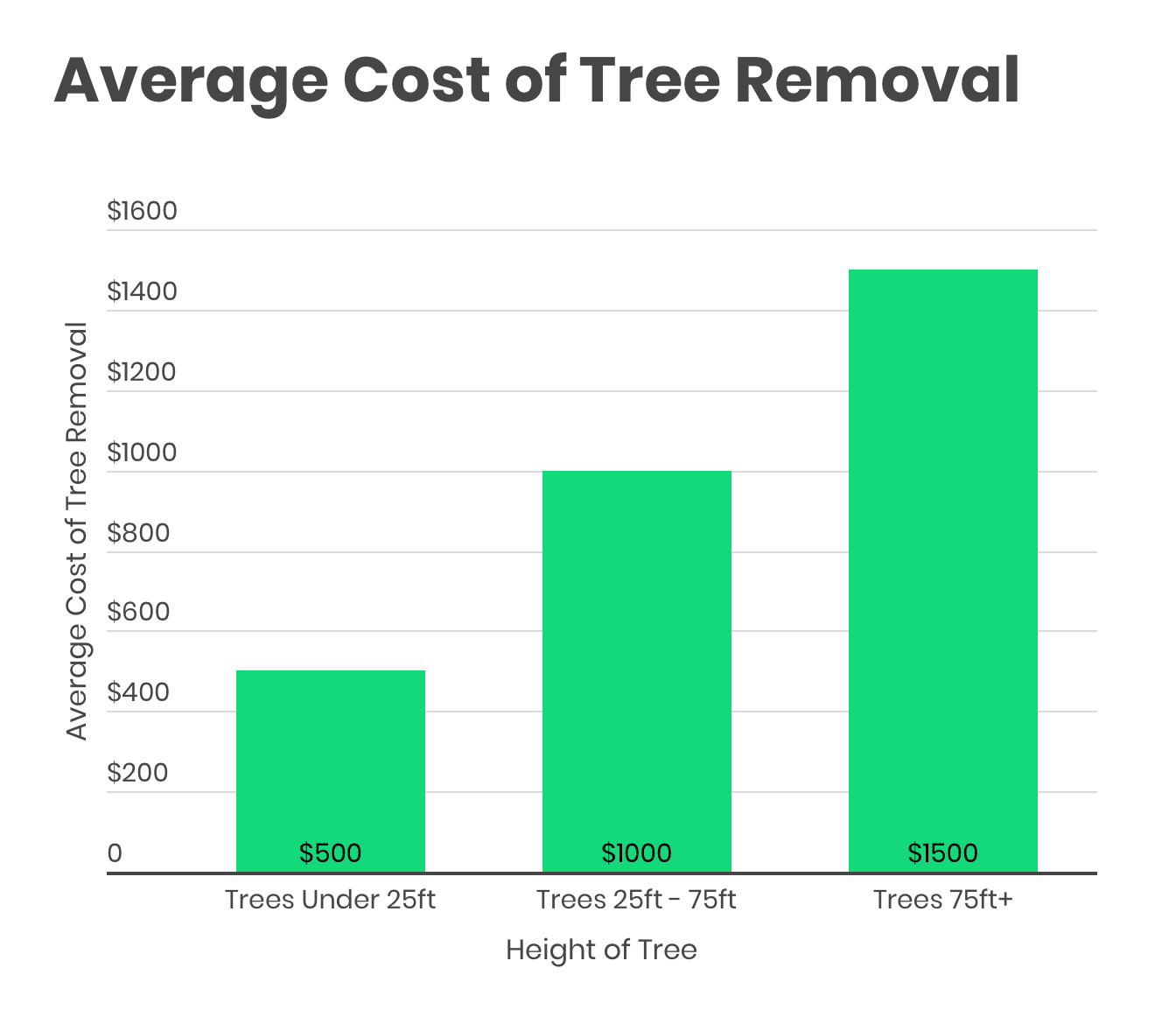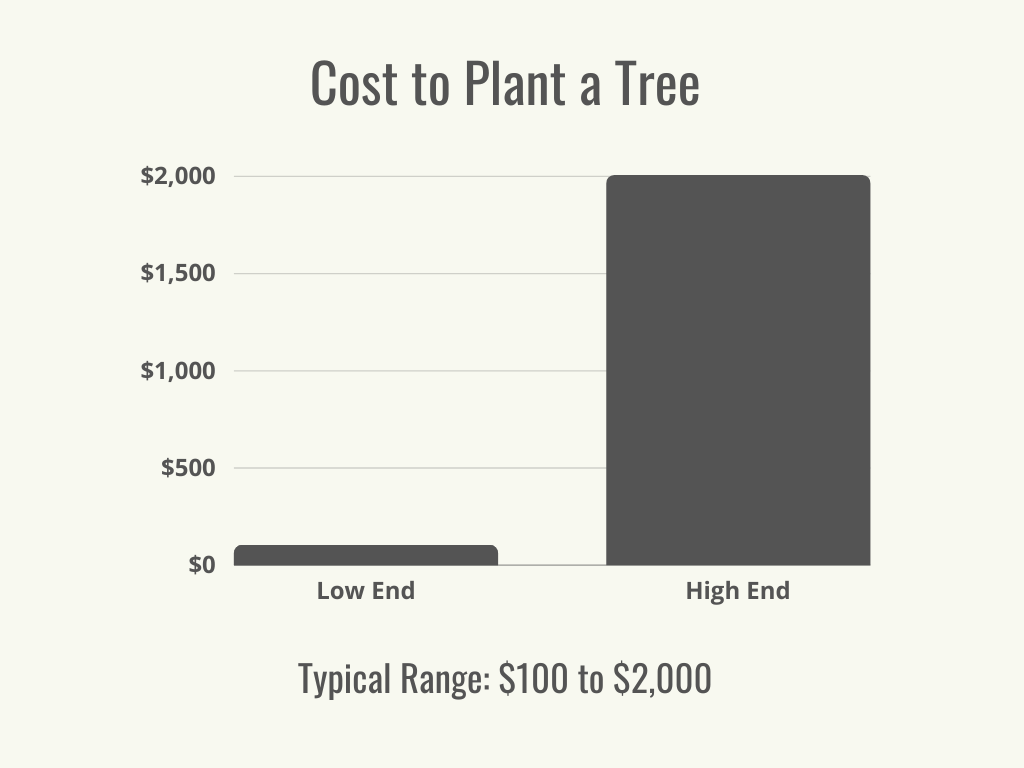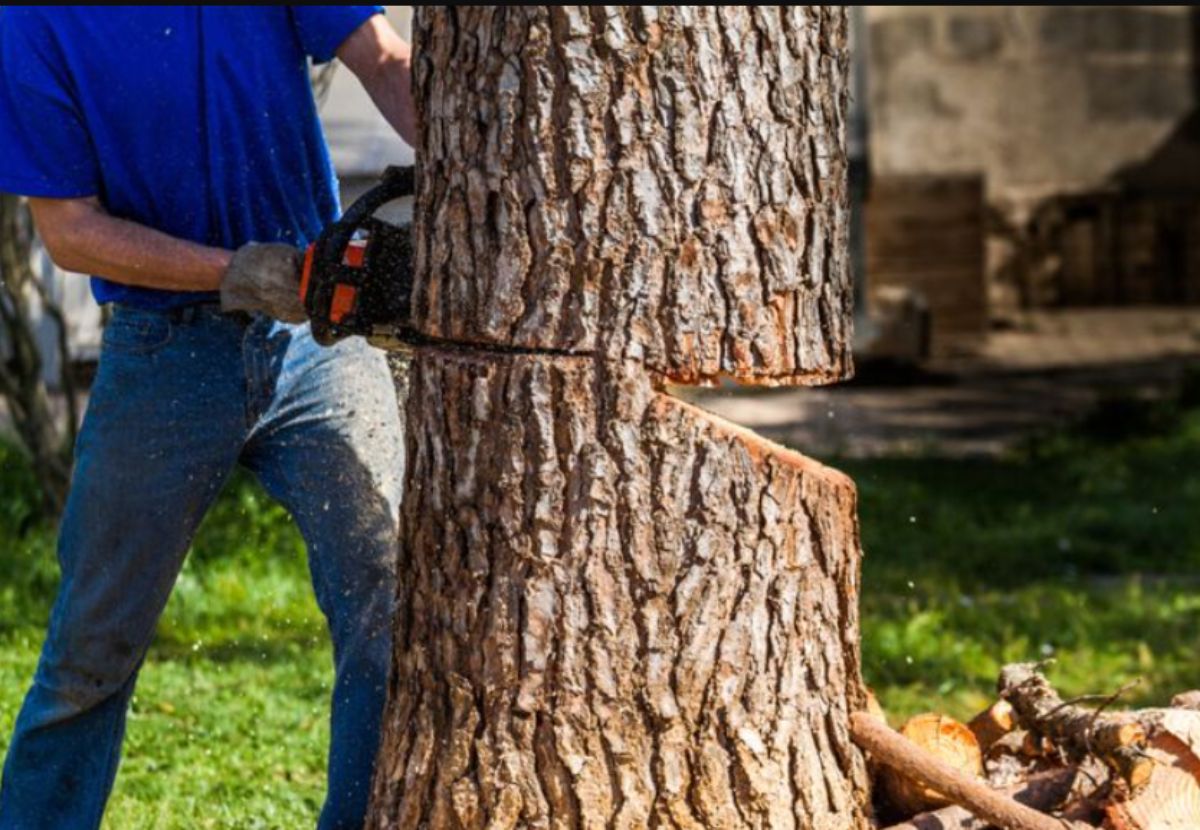Featured
Table of Contents
- – Home Tree Clearing Costs In Cross Lanes, WV
- – Cross Lanes, WV Tree Cutting: What Customers Say
- – DIY Vs. Professional: Tree Clearing In Cross ...
- – Average Stump Removal Prices In Cross Lanes, WV
- – Outdoor Stump Removal Costs In Cross Lanes, WV
- – Cross Lanes, WV Stump Removal: Affordable Sol...
- – Cross Lanes, WV Arborist Success Stories: Costs
- – Maintenance Tree Service Costs In Cross Lane...
- – Cross Lanes, WV Area Tree Cutting Costs: Com...
- – Cross Lanes, WV Tree Service Pricing Estimates
- – Quality Tree Service At Fair Prices In Cross...
- – Decoding Stump Grinding Quotes In Cross Lane...
- – Save On On An Stump Grinding In Cross Lanes,...
- – Cross Lanes, WV Tree Cutting: Real Testimoni...
- – Cross Lanes, WV Tree Service: Cost Range

The subsections listed below provide more comprehensive details about rates, including an average range for each. TypeAverage Elimination CostPineConiferPalmMagnoliaArborvitaeAshCedarSweet GumEucalyptusSycamoreCypressOakMaplePoplar You can anticipate to pay in between to get rid of a pine, depending upon its size. Getting rid of a pine is one of the more affordable tasks unless it is one that has been around for several years and is quite big.
Home Tree Clearing Costs In Cross Lanes, WV
Pines also have a tap root that grows deep into the soil, which can show to be more tough to remove. The process itself includes a specialist cutting the tree, clearing the base, cutting the surface area roots, removing the stump, and lastly dealing with the soil. Without an expert hand, you risk leaving pine seedlings behind, which will fall from the roots of distressed pines.
Cross Lanes, WV Tree Cutting: What Customers Say
The U.S. nationwide average for conifer elimination is approximately to have the conifer reduced, transported away, and the stump ground or gotten rid of entirely. Conifers are generally easier to get rid of, and despite the fact that they can grow quite tall, they do not cost a fortune to get rid of. Conifers consist of pine, spruce, fir, and juniper trees.
DIY Vs. Professional: Tree Clearing In Cross Lanes, WV
While conifers are beautiful, they kill native plants and particular types of turf (tree clearing). The average price of palm elimination depends on the height as much as the type, varying from.
Average Stump Removal Prices In Cross Lanes, WV
That is why it is essential to understand which type you are getting rid of. While you do not require an herbicide to eliminate a palm tree, there are some actions your removal specialist will need to require to ensure the task is done properly. There are 2 methods they can eliminate them: by slicing them down or digging them up.
Outdoor Stump Removal Costs In Cross Lanes, WV
From there, they eliminate the real tree and then the stump. Anticipate to pay between to remove this type of tree, depending on the exact size and details of the job.
Cross Lanes, WV Stump Removal: Affordable Solutions
There are 3 types: green, white, and black ash. White ash is known for its numerous colors. With its gray-tinged bark, its leaves are green or purple in the spring and golden yellow or purplish-red in the fall. They enjoy moderate environments and great deals of sun. The green ash is named such due to its green or yellow foliage.
Cross Lanes, WV Arborist Success Stories: Costs

Due to the variation in height, the elimination cost variance is wide from. A coniferous, evergreen tree, the cedar is a durable species.
Maintenance Tree Service Costs In Cross Lanes, WV
The growth of incorrect cedars varies from 50 feet up to 230 feet high. With star-shaped leaves and spectacular fall colors, the sweet gum is thought about a medium to big tree.
Cross Lanes, WV Area Tree Cutting Costs: Complete Guide
It has a huge root base of 40 to 50 feet, which impacts the elimination expense. Usually, it costs between to eliminate a eucalyptus. Eucalyptus are not typical everywhere, but they are rather large compared to others, which is why even the smaller sized ones are so costly to get rid of. Initially from Australia, eucalyptus are intrusive plants that grow in thick groves that secure native plants.
Cross Lanes, WV Tree Service Pricing Estimates
There are a handful of methods to do this, consisting of burning, pulling, grinding, or eliminating them with herbicide. Anticipate to pay in between to eliminate sycamores, based upon the height, trunk size, and amount of work involved. Sycamores are one of the largest wood trees, normally ranging from 60 to 100 feet tall and as large as 15 feet.
Quality Tree Service At Fair Prices In Cross Lanes, WV
The very first two steps will expose the withins of the tree and cut off the circulation of nutrients up the trunk. From there, a professional applies herbicide to eliminate the tree and cuts down the trunk.
Decoding Stump Grinding Quotes In Cross Lanes, WV
There are various kinds of Cypress trees, however the most common are the Leyland, Arizona, Bald, and Italian. The Bald Cypress grows in swampy or extremely moist locations while the others take pleasure in a dry, warm, or hot climate (tree trimming). They can grow as tall as 80 to 100 feet tall
Save On On An Stump Grinding In Cross Lanes, WV

Prone to diseases, the Cypress is one of the most prized woods for furnishings. The average oak grows to around 60 feet, and depending on the complexity of the elimination, it costs an average of to eliminate. The exact size of your oak and the effort required to fell it affect what you will actually spend for elimination along with any extra services like stump grinding.
Cross Lanes, WV Tree Cutting: Real Testimonials
Access to the trees and the roots will likewise affect the total cost. Maples can quickly grow up to 100 feet or more and usually cost between to get rid of from your residential or commercial property. The final rate depends upon the real height and complexity of the task. Maples are typically amongst the more expensive trees to remove due to the fact that of their size and the work included in the removal.
Cross Lanes, WV Tree Service: Cost Range
Growing as high as 90 to 115 feet, these huge woods are primarily discovered in North America and include the aspen, cottonwood, and balsam trees. The process to eliminate trees includes all the trimming and cutting of the branches and trunk, bringing it down to a stump.
Table of Contents
- – Home Tree Clearing Costs In Cross Lanes, WV
- – Cross Lanes, WV Tree Cutting: What Customers Say
- – DIY Vs. Professional: Tree Clearing In Cross ...
- – Average Stump Removal Prices In Cross Lanes, WV
- – Outdoor Stump Removal Costs In Cross Lanes, WV
- – Cross Lanes, WV Stump Removal: Affordable Sol...
- – Cross Lanes, WV Arborist Success Stories: Costs
- – Maintenance Tree Service Costs In Cross Lane...
- – Cross Lanes, WV Area Tree Cutting Costs: Com...
- – Cross Lanes, WV Tree Service Pricing Estimates
- – Quality Tree Service At Fair Prices In Cross...
- – Decoding Stump Grinding Quotes In Cross Lane...
- – Save On On An Stump Grinding In Cross Lanes,...
- – Cross Lanes, WV Tree Cutting: Real Testimoni...
- – Cross Lanes, WV Tree Service: Cost Range
Latest Posts
Hannibal, MO Tree Cutting Rates: What To Know
Residential Tree Clearing Costs In Upper Sandusky, OH
Top 7 Ways To Save On Tree Trimming In Crawfordsville, IN
More
Latest Posts
Hannibal, MO Tree Cutting Rates: What To Know
Residential Tree Clearing Costs In Upper Sandusky, OH
Top 7 Ways To Save On Tree Trimming In Crawfordsville, IN